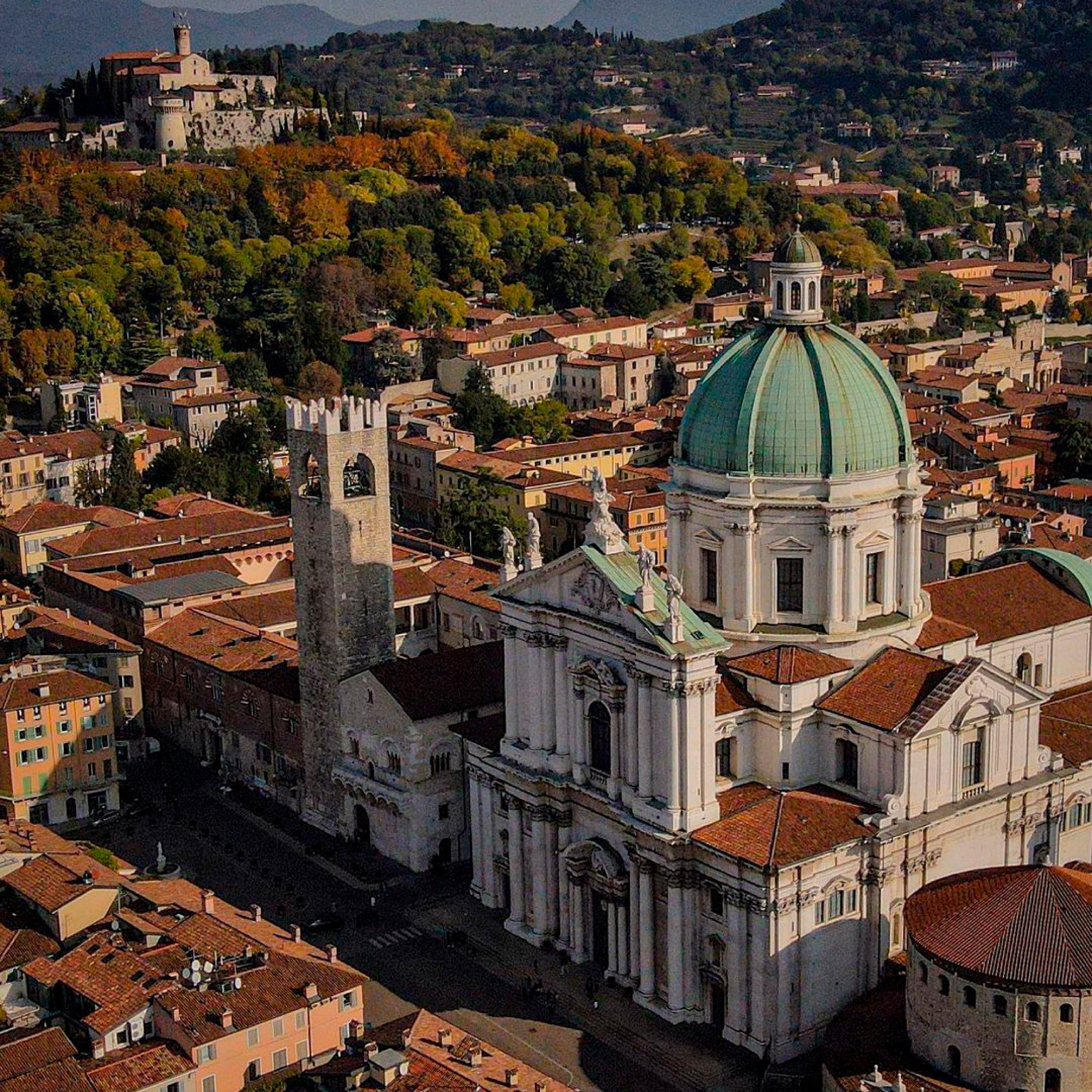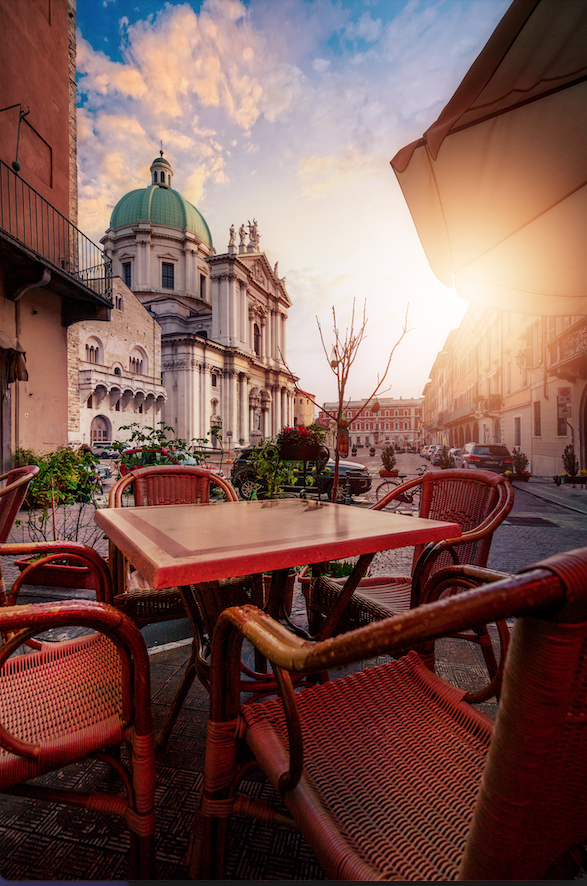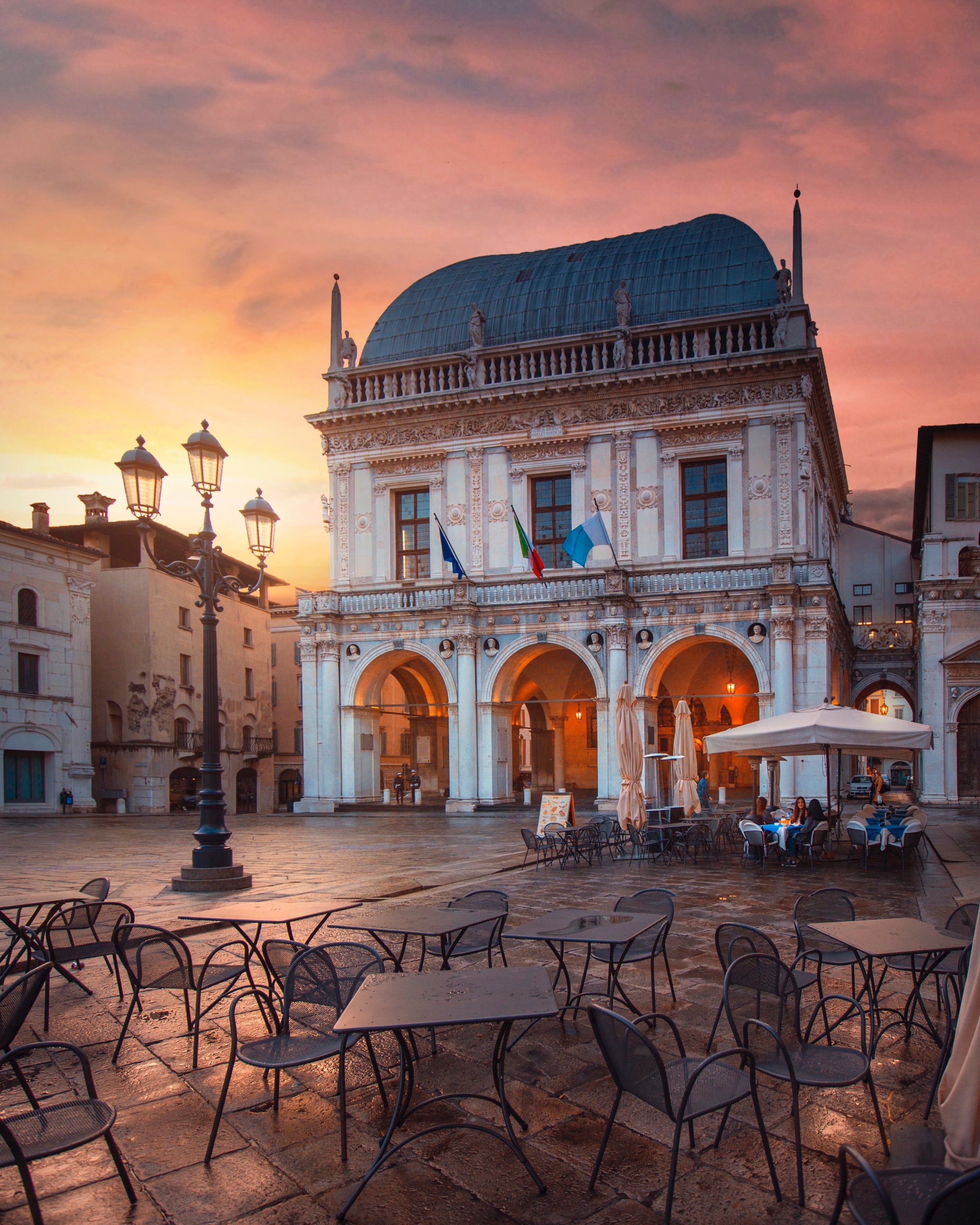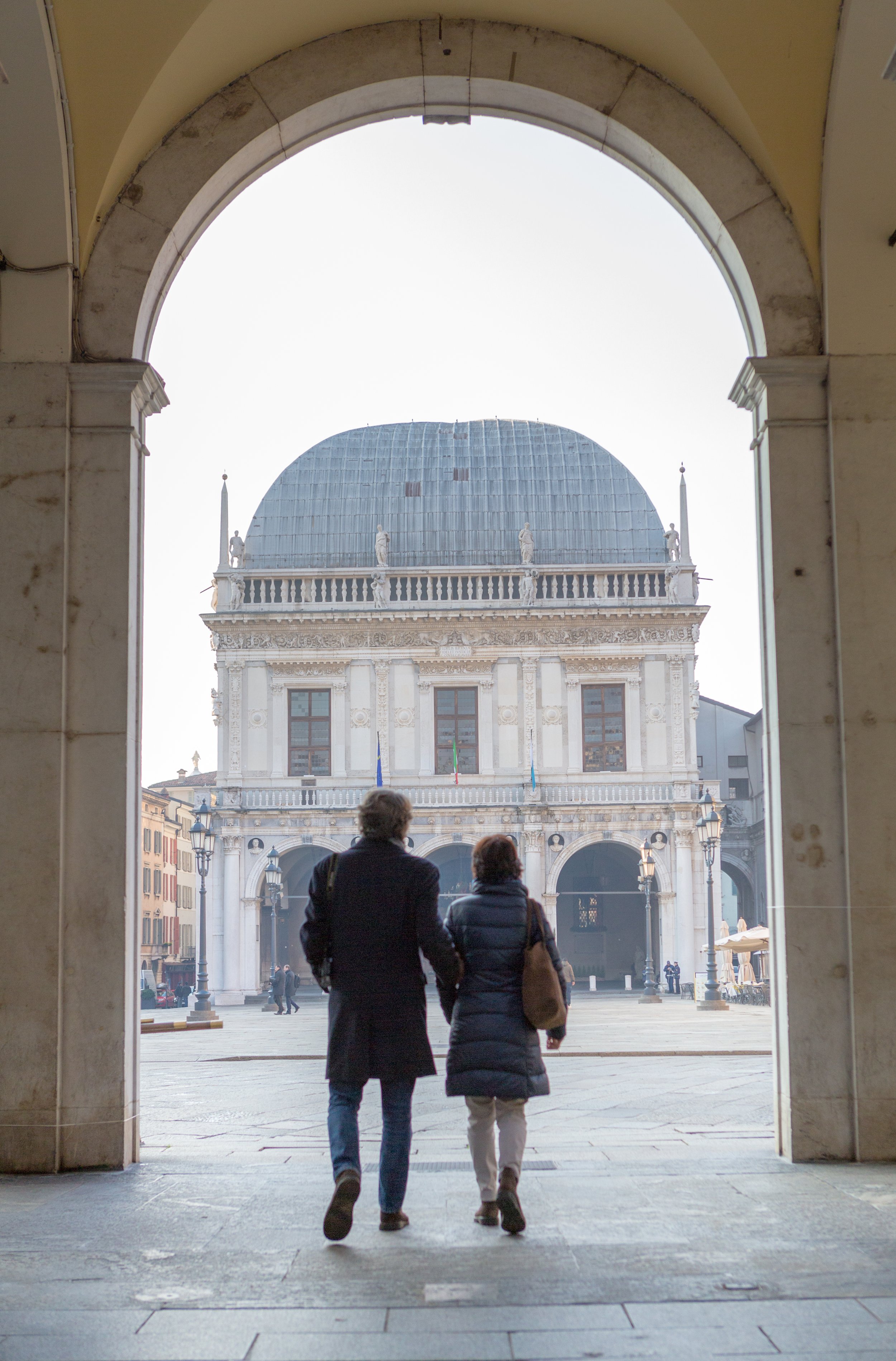A TREASURE TROVE ABOVE AND BELOW GROUND, BRESCIA TAKES A BOW
Founded by Cenomani Gauls in the 7th Century B.C., this ancient town became the core of the Roman Empire between 4th century B.C. and 5th century A.D. Originally named Brixia, Brescia holds the largest Roman archaeological area in Northern Italy and is home to three UNESCO World Heritage sites. The territory of Brescia is characterized by unique treasures both above and below ground. Once you have visited the piazzas, museums and palaces, you can still uncover its underground wonders of canals, old rivers and streams that tell the story of when this was the backbone of commerce and mercantile activities.
Panoramic view of Lake Iseo
Photo by Alessio Guitti
Like the surrounding area around Bergamo, the second half of this year’s Italian cultural capital is blessed with breathtaking nature, which includes three lakes, (Garda, Idro & Iseo), the Adamello mountain range and the gentile hills of Franciacorta. In an effort to promote sustainable travel and further unify the two cities, a 130 kilometre trail that connects the cultural capital was inaugurated on March 28. In collaboration with Slow Ride Italy, the trail is called “Via Delle Sorelle” meaning the road of the sisters. There are six recommended trails to explore, each ranging between 20 and 25 kilometres. Hikers can decide how much road they want to cover daily, depending on their level of fitness. The objective is to take it slow and savour the verdant beauty and quaint villages between Bergamo & Brescia.
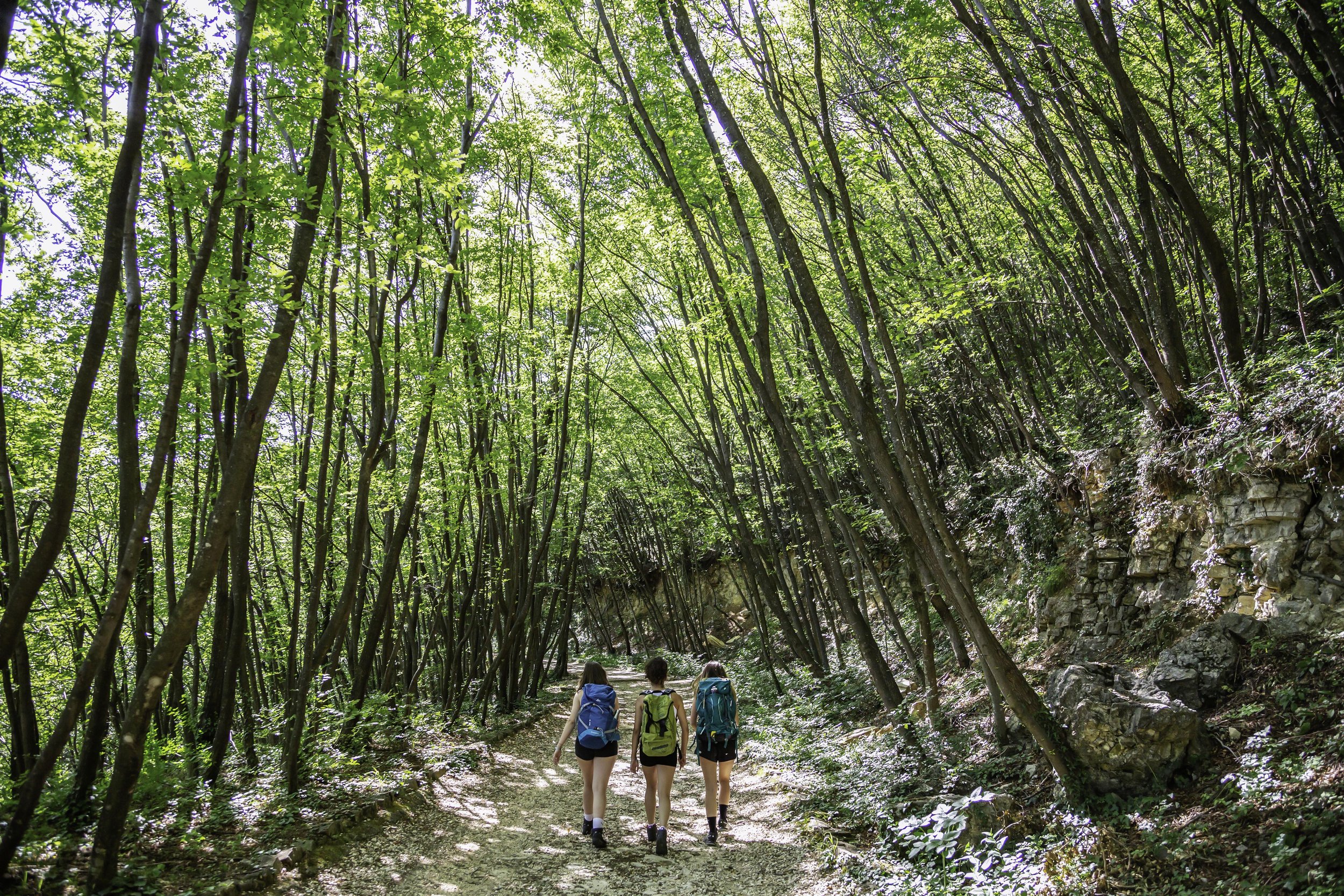
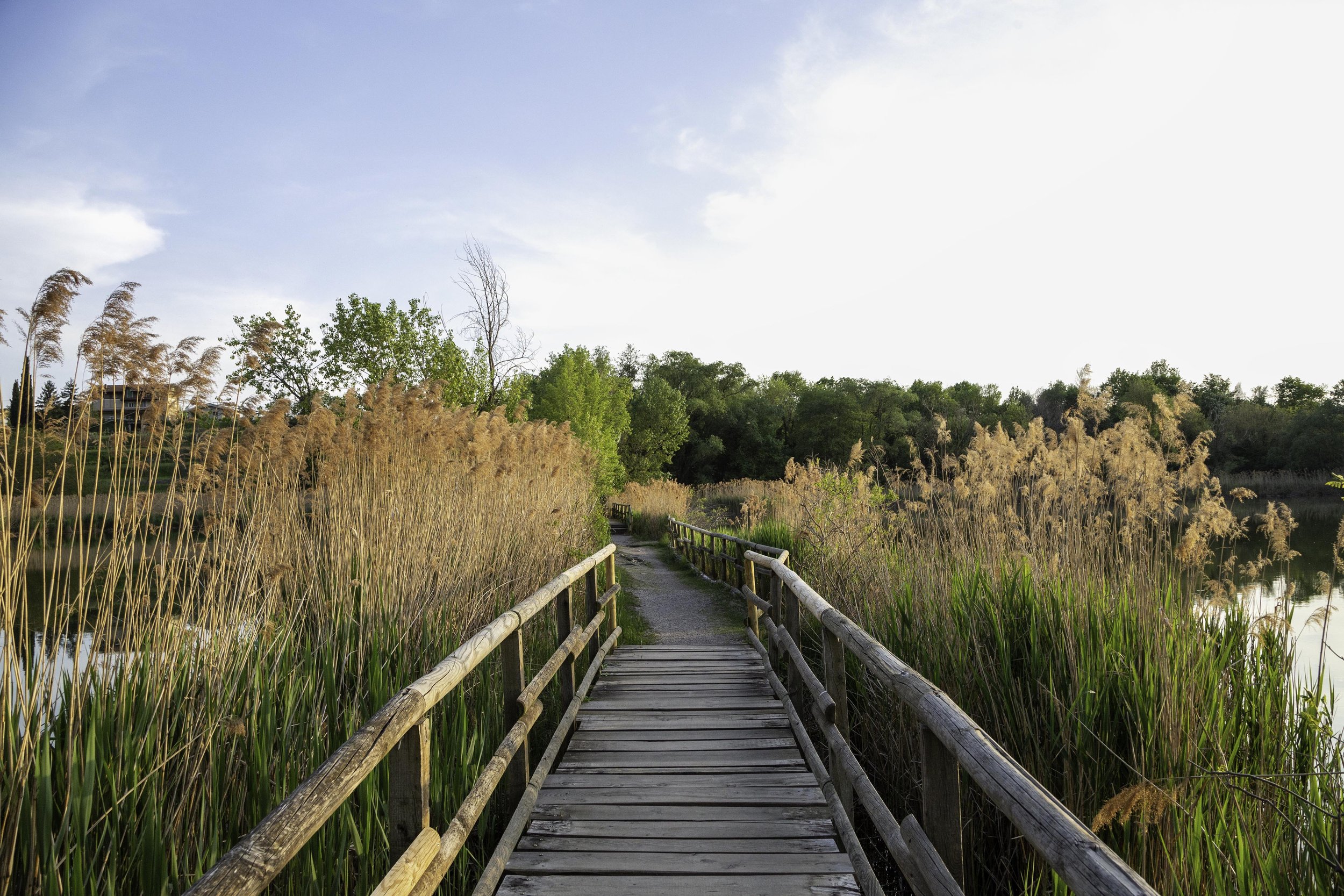
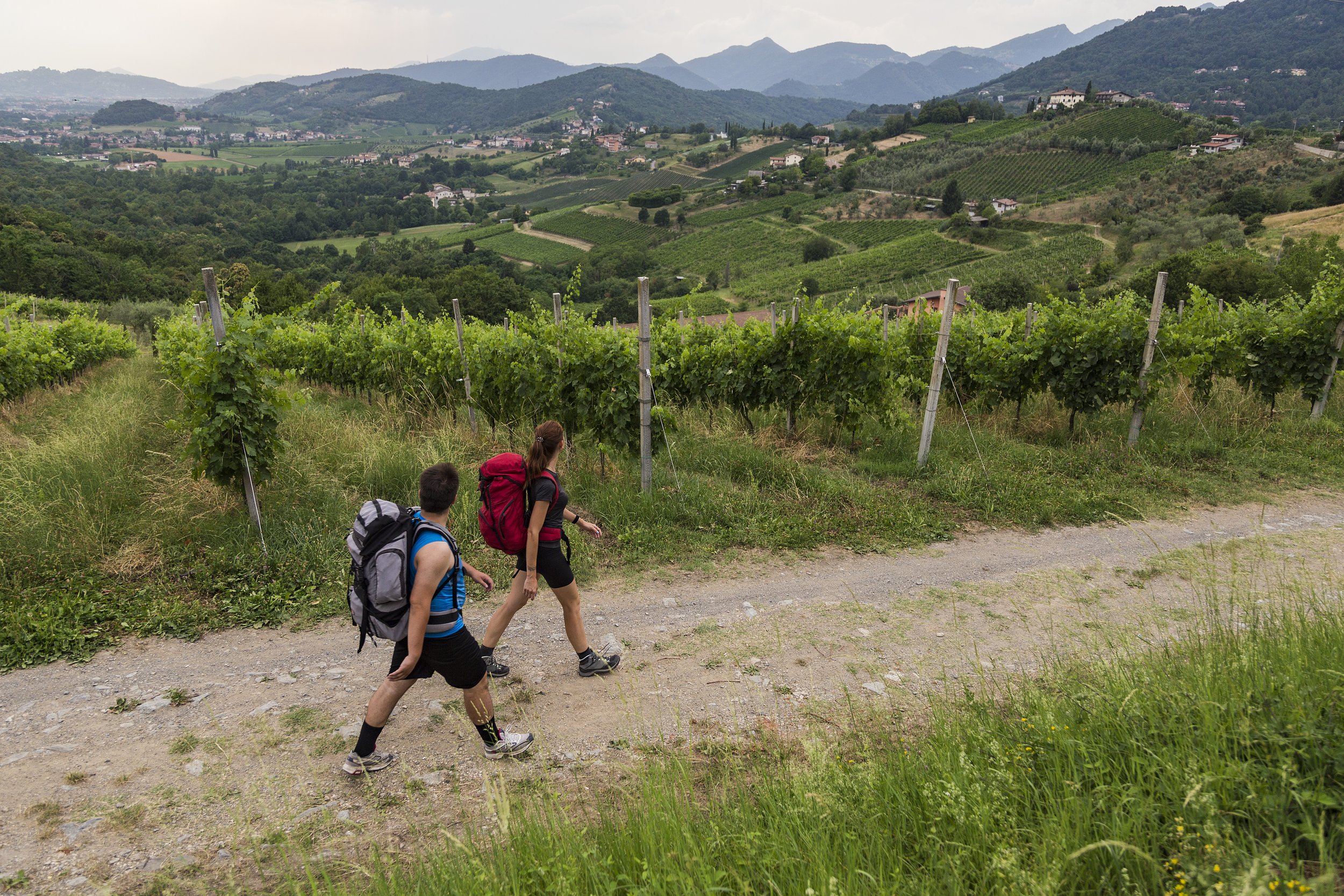
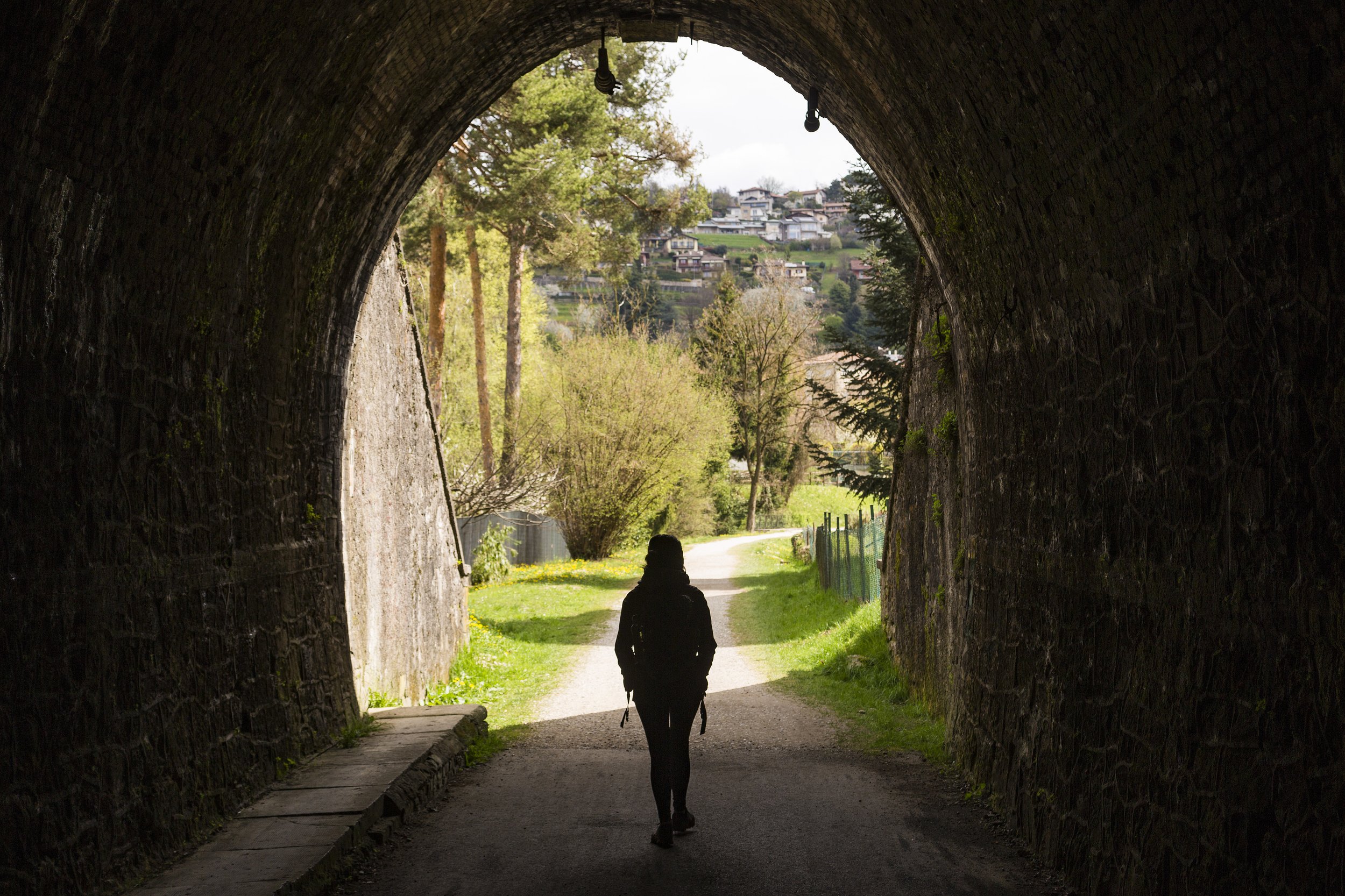
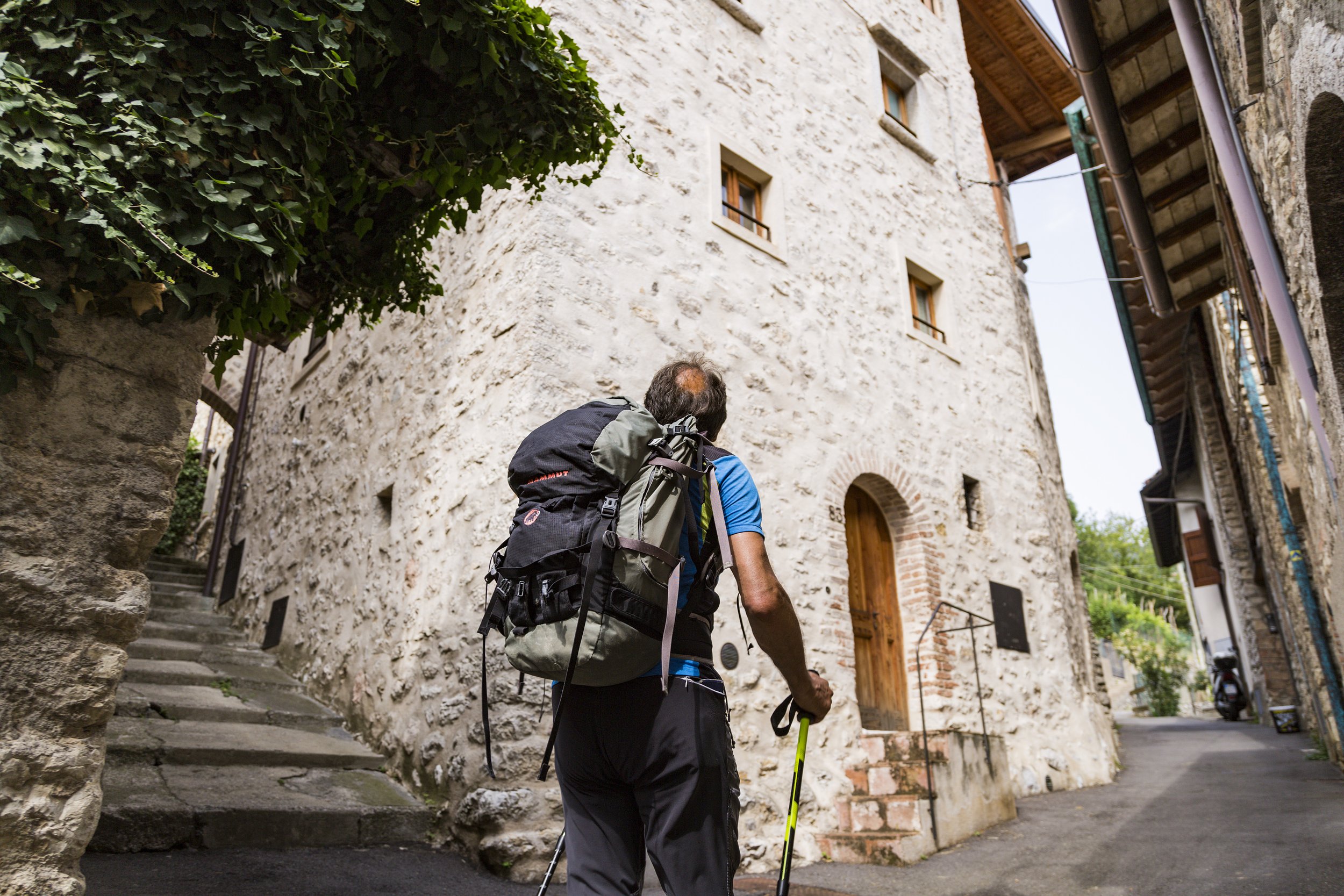

ALL IMAGES OF VIA DELLE SORELLE BY ALESSIO GUITTI
THE CITY OF ART, MILLE MIGLIA & GASTRONOMY
As a first-time visit to Brescia, let’s start at square one—literally—and venture to discover the city through its various piazzas.
PIAZZA DEL FORO:
Step into Roman Brescia and discover an archaeological complex Roman Forum that dates back to 1st century B.C.
The Capitolium represents the nucleus of the ancient Roman city of Brixia, the temple was destroyed by fire during the barbarian invasions that afflicted Italy in the 4th century AD and was never rebuilt. Then in the Middle Ages, it was buried by a landslide of the Cidneo Hill. Unearthed only in 1823, it was partially reconstructed between 1935 and 1938 and declared a UNESCO World Heritage Site in 2011.
Described as the city’s navel, Piazza del Foro once was the centre of civic and commerce life. By the square are the remains of the Capitolium Temple (73 A.D.) and a Roman Theatre (1st century A.D.) which was one of the main Italian theatres at the time with a capacity of 15,000.
Inside the Capitolium temple, catch a glimpse of the Vittoria Alata, a Roman bronze statue first discovered in the early 1800s. Locals see the woman with angel wings wrapped in a cloak as the symbol of the city, whereas art critics consider her a sculptural masterpiece. This temple was dedicated to the three main Roman gods: Jupiter, Juno and Minerva. Today you can admire the remains of the temple with a series of Corinthian columns, and inside the wonderful polychrome marble floors with geometric decorations of the 1st century A.D.
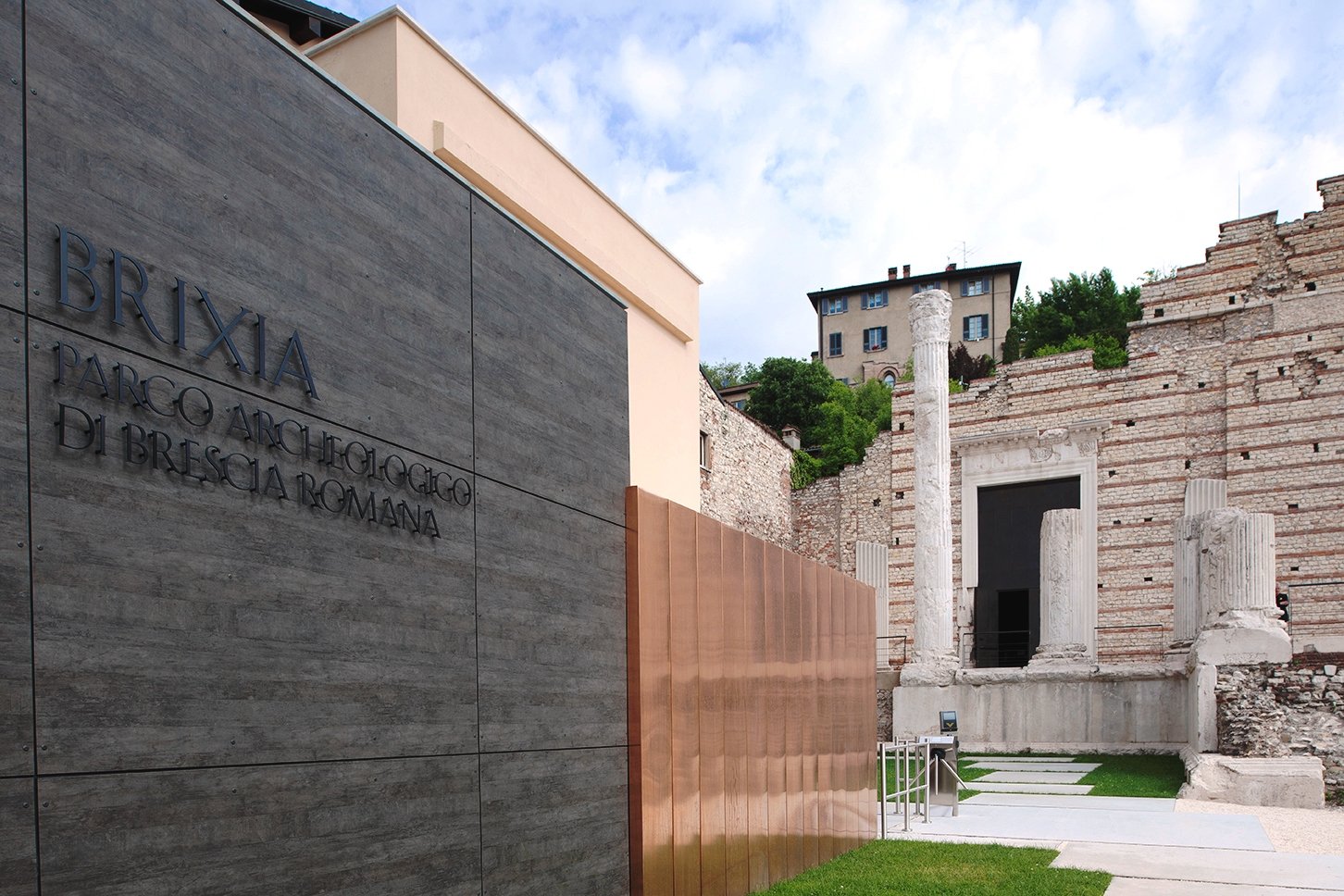
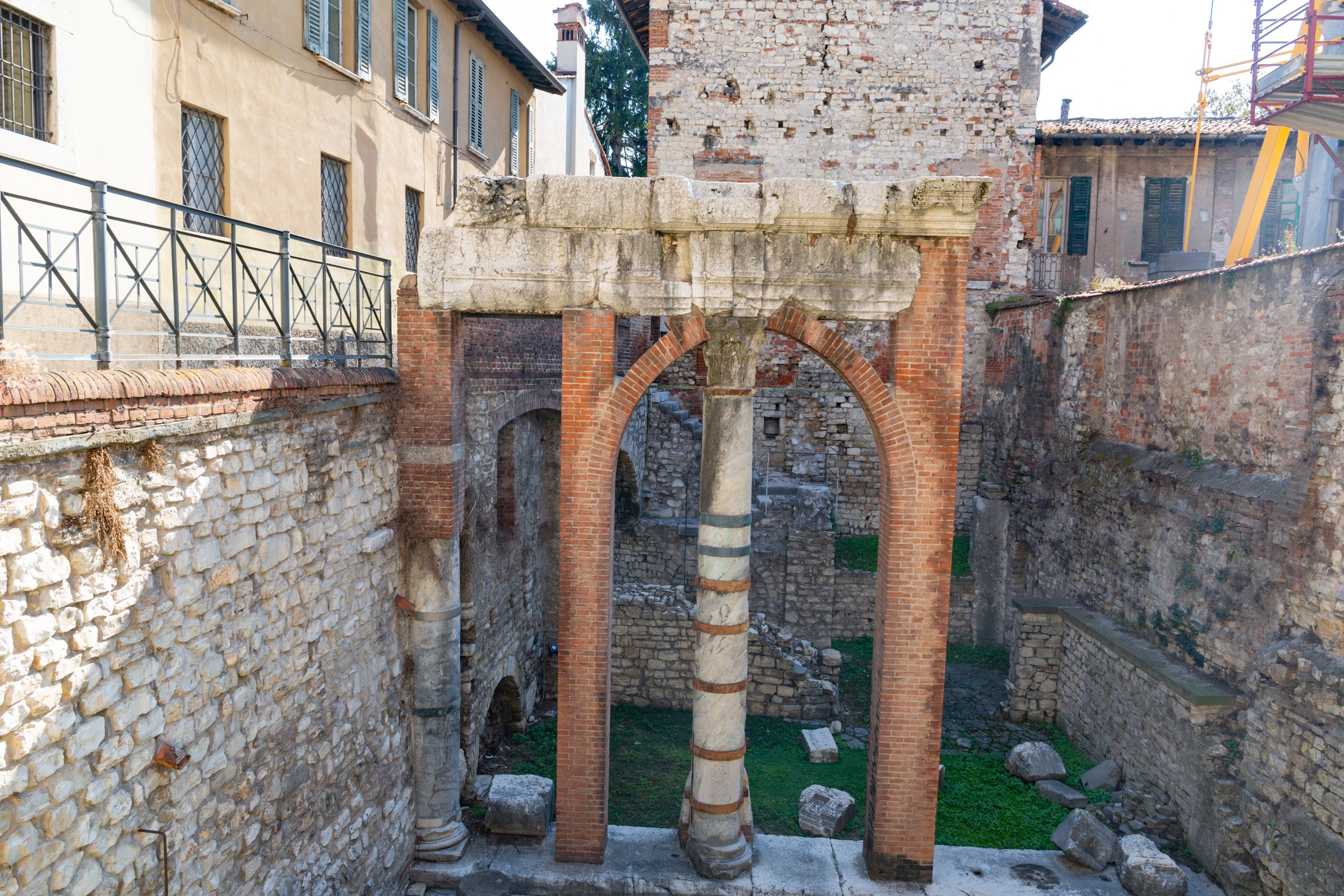
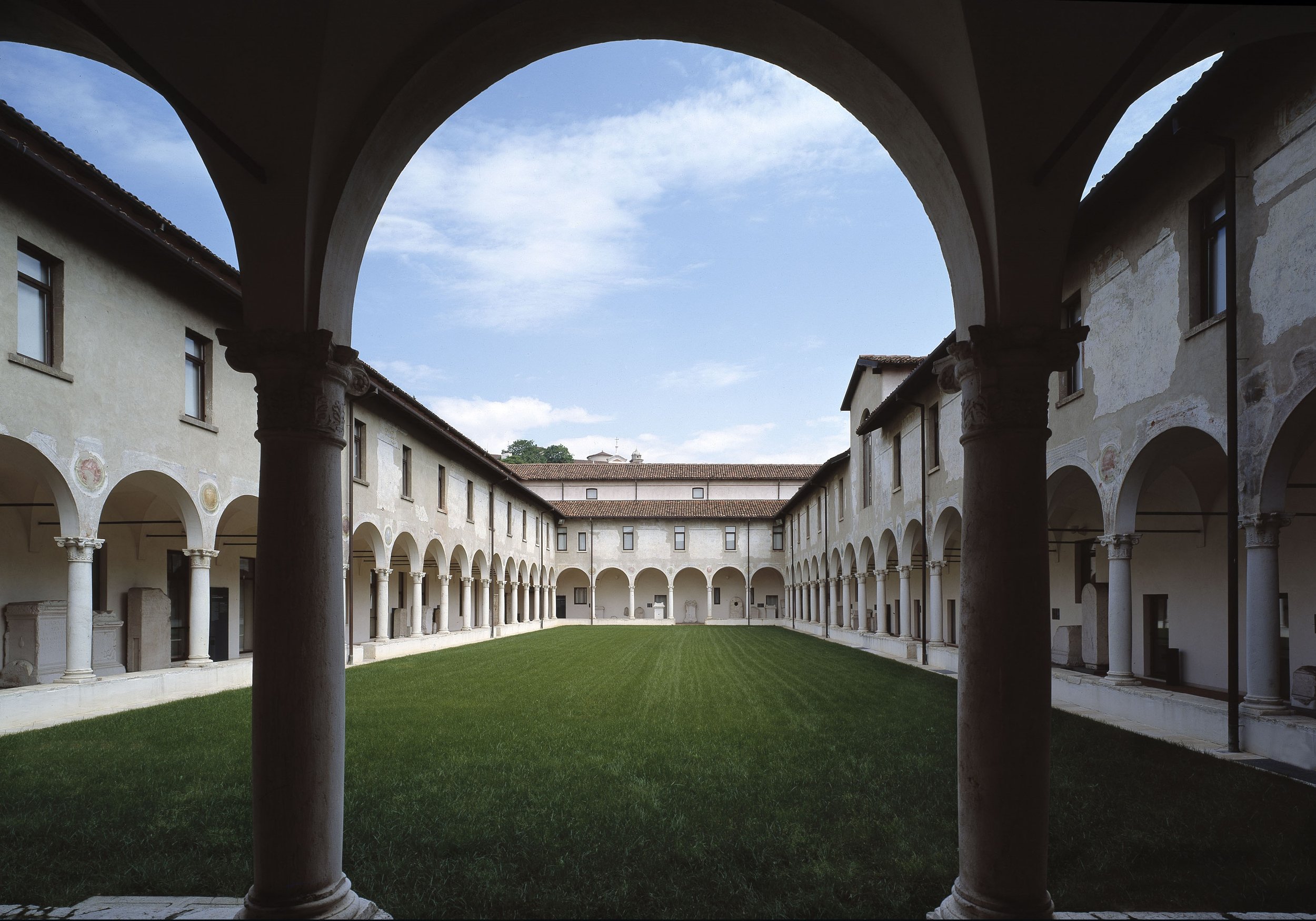
Next to the Capitolium is the Roman Theatre, built and extended between the 1st and 3rd century.
Not too far from here, carve out some time to visit the sprawling Santa Giulia Museum, (an ex-monastery) with an impressive collection of art dating back from the fourth century B.C. to the 1700s.
PIAZZA PAOLO VI:
This square is home to two cathedrals: Duomo Vecchio and Duomo Nuovo. The religious heart of the city, Duomo Vecchio, also known as La Rotonda, is the most prominent Romanesque circular church still standing. There are countless artistic treasures inside the church from mid-13th century frescoes above to fragments of a 6th century basilica and Roman spa below as well as the crypt of San Filastrio.
The Neo-classical Duomo Nuovo was designed by architect Giovanbattista Lantana as early as 1604, but financial difficulties delayed its completion until 1825. This resulted in a mish-mash of architectural styles revealing a splendid Baroque façade in Botticino marble on the lower part while the upper showcases the classical flourishes of the late 1700s.
PIAZZA DELLA LOGGIA:
Arguably Brescia’s most refined public space boasting shop-lined arcades and magnificent Renaissance buildings, here you will find the most evidence of the Venetian Republic that ruled Brescia from 1426 to 1797. Gaze upon the Venetian-style Palazzo della Loggia which houses the mayor’s office and the eponymous Torre dell’Orologio—an exquisite astrological timepiece modelled after the one in la Serenissima’s Piazza San Marco. It’s a perfect spot to enjoy an aperitivo and do some people-watching in one of the piazza’s bars. Instead of an aperol spritz, go for the local Pirlo made with still white wine and Campari.
PIAZZA DELLA VITTORIA:
Piazza della Vittoria was designed by Piacentini, and opened during the Fascist period in 1932. It is 100 metres from Palazzo della Loggia.
Photo Credit: Ghigo Roli/Photo12
While not the most beautiful piazza, it is definitely one that captures the remnants of Il Duce’s dreams of grandeur. Designed by Roman architect, Marcello Piacentini, and opened in 1932, the square is an anthology of Fascist architecture: the imposing marble-faced porticoes, the soaring Palazzo delle poste opposite an Art Deco building. On the inside corner is the Torrione INA, the first skyscraper built in Italy. The Torre della Rivoluzione and three other buildings, recalling the classical architecture, complete the square. Here in the month of May is where the vintage car race, Mille Miglia event is held. Reserved to cars built between 1927 and 1957, it attracts thousands of car lovers from all over the world.
Brescia’s Mille Miglia celebrates 90 years of vintage cars made between 1927 and 1957 that travel to Rome and back to Brescia. This year the event takes place from June 13 to 17.
Bergamo & Brescia: Ready for Prime Time
Having just scratched the surface of the cultural wealth of this year’s capital, I have no doubt that Bergamo and Brescia are set to change their B status to a primary tourist destination.
You can find everything we love about Italy here, and there’s still another reason I haven’t even touched upon: the food. Both Bergamo and Brescia are UNESCO-recognized cities for gastronomy, from the fresh pasta casoncelli to the polenta e osei, and home to a variety of cheeses.
Personally, Bergamo had me at taleggio.
Love at first bite… Taleggio is a semi-soft, washed-rind, smear-ripened cheese that originates from Bergamo, named after Val Taleggio. The cheese has a thin crust and a strong aroma, but its flavour is comparatively mild with an unusual fruity tang.
Has the cultural capital piqued your interest? For more information, go to Brescia Tourism





